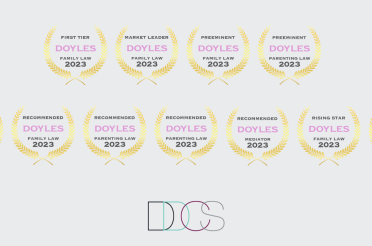By Juliet Behrens
A birth certificate is probably the most important identity document you have. It records who your parents are, their occupations, where you were born, and details of your siblings (if any). It is a document which you will use throughout your life to establish your identity.
A birth certificate is also an important symbolic document for your parents; it is the first and most important occasion when their parenthood is included on a public record. Imagine, then, if a parent identifies as transgender or intersex, but is required to use the gendered terms “Mother” or “Father” on their child’s birth certificate. Imagine if the parents are a same sex female couple, but on their child’s birth certificate they are required to be “Mother” and “Other parent”.
As a result of amendments to the ACT Births Deaths and Marriages Registration Act which will come into effect in August, this is no longer necessary. Parents in the ACT will have more options for how they label themselves on their children’s birth certificates and their self-identification will now be able to be reflected in how they are described on their child’s birth certificate. For example, transgender and intersex parents can avoid the use of the gendered terms “Mother” and “Father” in favour of “Parent” if they choose to do so, or to choose whether they are designated as “Mother” or “Father” in a way which reflects how they self-identify. Members of a same-sex female couple who have a child can identify themselves as “Mother” and “Mother” or as “Parent” and “Parent”, or can choose another combination.
This can be seen as a “next generation” reform, following on from important earlier reforms which recognised that members of a same-sex female couple who conceive a child using assisted conception and donor sperm, are the parents of that child. The ACT has long been at the cutting edge of legislative reform in this area, and is ahead of other jurisdictions in enacting this next generation reform.







